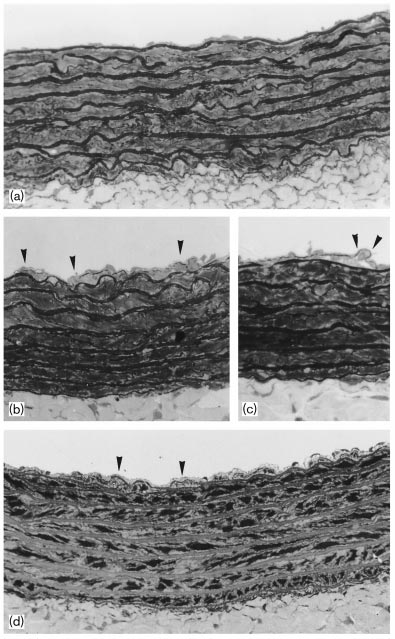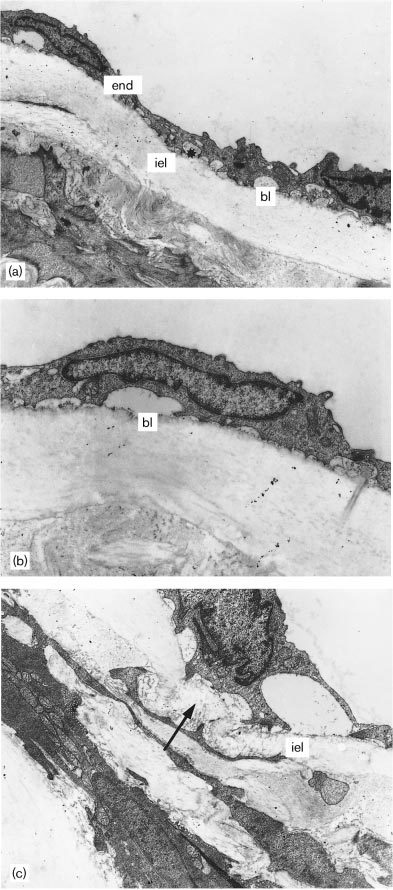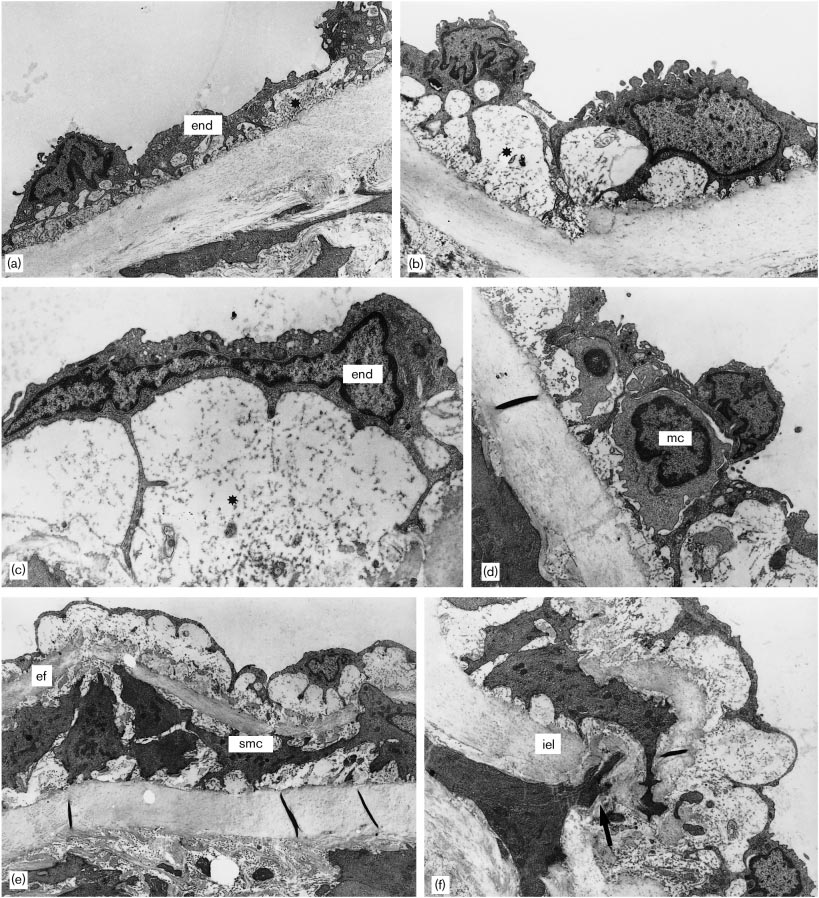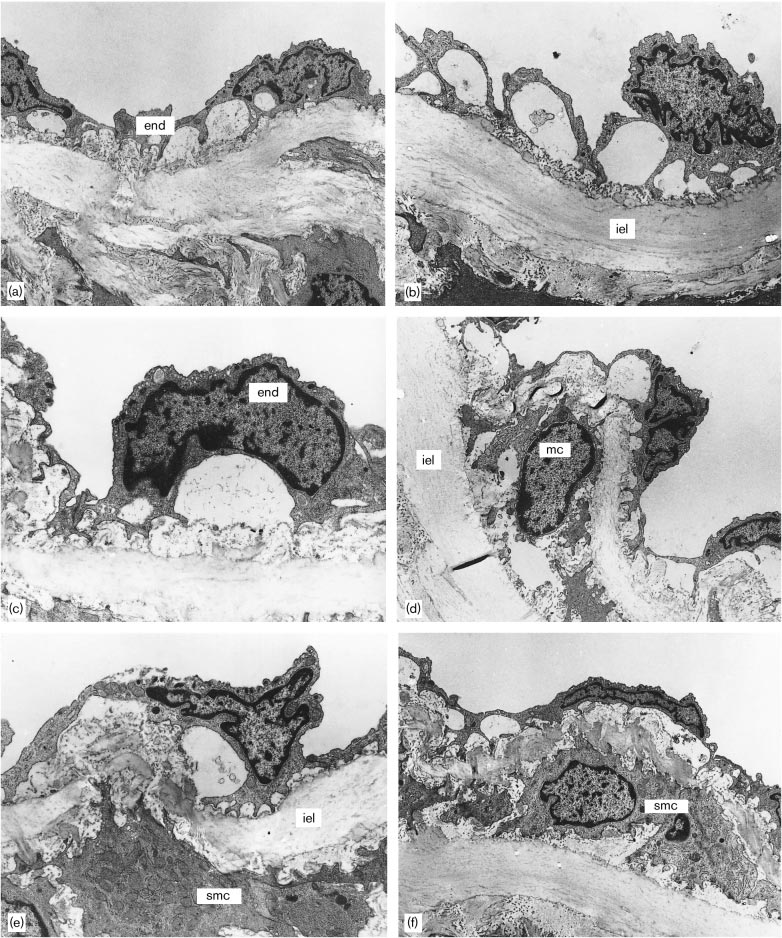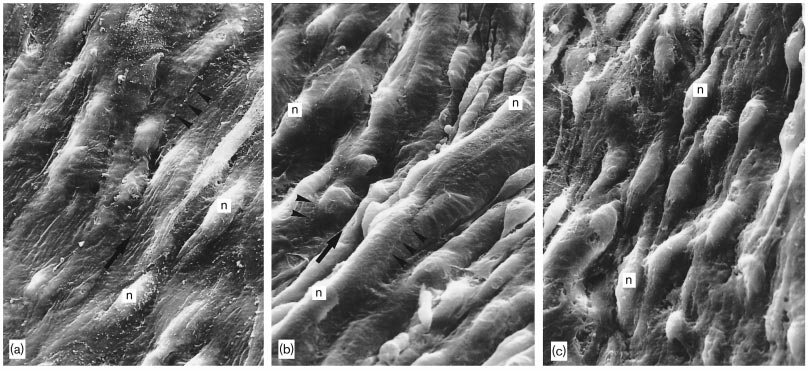Microsoft word - 9 galley.doc
J. ENTOMOL. SOC. BRIT. COLUMBIA 100, DECEMBER 2003 Testing an attracticide hollow fibre formulation for control of Codling Moth, Cydia pomonella ALAN L. KNIGHT YAKIMA AGRICULTURAL RESEARCH LABORATORY, AGRICULTURAL RESEARCH SERVICE, USDA. 5230 KONNOWAC PASS RD., WAPATO, WA 98951 Laboratory and field tests were conducted to evaluate the use of an experimentalsprayable formulation of chopped hollow fibres loaded with codlemone and mixed with1.0% esfenvalerate and an adhesive to control codling moth, Cydia pomonella (L.)(Lepidoptera: Tortricidae). Moths were not repelled by the addition of the insecticide tothe adhesive and were rapidly killed following brief contact. A significantly greaterproportion of male moths flew upwind and contacted individual fibres for a longerperiod of time when fibres had been aged > 7 d versus fibres 0 – 7 days-old in flighttunnel tests. Field tests using sentinel fibres placed in 10.0 mg drops of adhesive onplastic disks stapled to the tree found that fibres were not touched until they had aged >8 d. Conversely, moth mortality following a 3-s exposure to field-collected fibresdeposited on the top of leaves was low in bioassays with fibres aged > 8 d. Thedeposition and adhesion of fibres within the apple canopy appear to be two majorfactors influencing the success of this approach. Fibres were found adhering to foliage,fruit, and bark within the orchard; however, visual recovery of fibres following each ofthe three applications was < 5.0%. Both the substrate and the positioning of the fibre onthe substrate influenced fibre retention. The highest proportion of fibres was foundinitially on the upper surface of leaves and this position also had the highest level offibre retention. Fibres on the underside of leaves or partially hanging off of a substratewere dislodged within two weeks.
